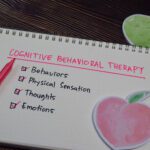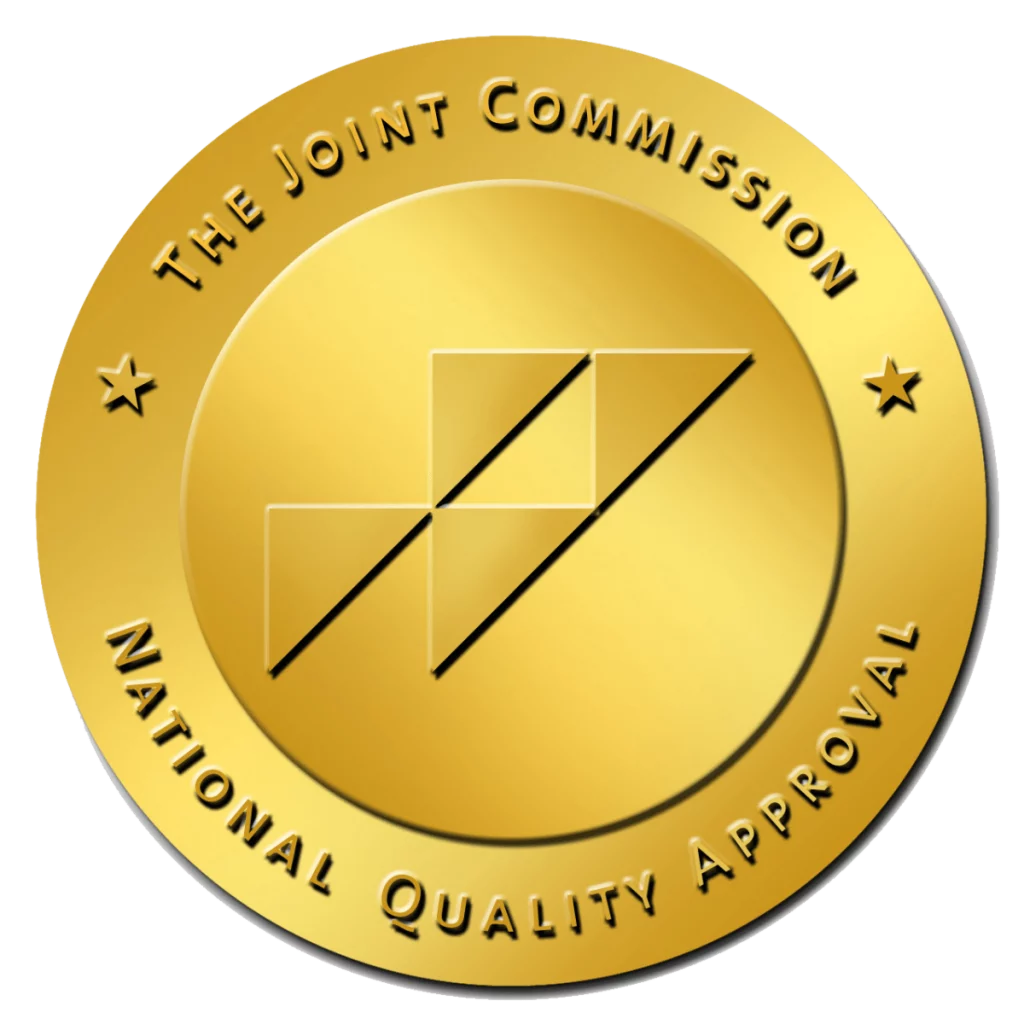Panic Attacks
Most of us have had the experience at one time or another.
Everything is going along fine, and suddenly a wave of panic seems to wash over us and makes us feel like we are drowning in a bottomless pool of stress and anxiety. The trigger can be anything. Or nothing at all. All we know in the moment is that we are intensely upset and unable to get ahold of our emotions.
You might recognize that as the description of a panic attack. And again, many, many people experience a panic attack at some point in their lives. Fortunately, the attacks tend to be short-lived—many pass in 20 minutes or less–and we are able to reclaim a sense of calm and control. But in the midst of the attack, everything can seem absolutely terrifying and hopeless.
Now imagine that you are having that experience regularly. And when you aren’t in the midst of a panic attack, you are acutely worried about when the next one might arrive and disrupt your ability to function at work, school, in social situations, or at home. Between the attacks themselves and the worries about future attacks, you may be struggling mightily to get through your days with any sense of effectiveness or happiness.
Panic Disorder
That, as you may have guessed, is a description of a panic disorder—a mental health condition characterized by repeated, frequent panic attacks and the ongoing fear of them when they are not occurring. One of the worst things about panic disorder is that fear of another panic attack can actually cause another attack, creating a terrible cycle from which it can be very hard to break free.
The Physical & Mental Symptoms of a Panic Attack
The specific symptoms of a panic attack vary from individual to individual, but there are several common symptoms. These include:
- Shortness of breath, becoming lightheaded, feeling as though you are choking, and/or a sense of dizziness or vertigo
- Sweating and/or chills, uncontrolled shaking and/or trembling, and/or a feeling of tingling or numbness in your hands and/or feet
- A racing heartbeat, pain and/or tightness in the chest, and/or a feeling of nausea
- A sense of being detached from yourself, a feeling that you have stepped outside of regular reality, and/or a fear that you are about to die
Those symptoms are undeniably awful—and their awfulness is magnified greatly when you have frequent panic attacks. Those suffering from a panic disorder may find themselves experiencing these symptoms with all but unbearable repetition.
Being Proactive When it Comes to Panic Disorder
When you are in the grips of panic disorder, you can be so overwhelmed with feelings of anxiety that you can’t even think clearly about what you should do in order to find some relief. But panic disorder can be treated, and while that treatment may not eliminate all future panic attacks, it can result in real and ongoing improvement.
As is the case with so many mental health disorders, panic disorder is often best addressed by a combination of therapy (in this case, cognitive behavioral therapy is the usual approach) and medication. Drugs from the class known as SSRIs—including fluoxetine (Prozac), paroxetine (Paxil), and sertraline (Zoloft)—are frequently prescribed for panic disorder, though there are several other options your doctor may recommend.
In addition to therapy and medication, some lifestyle adjustments may help keep panic attacks at bay. Individuals who are able to keep to a regular schedule, get enough sleep, and exercise regularly often find these things help support their other efforts to address their panic disorder. Similarly, avoiding caffeine (and other stimulants) appears to be helpful as well.
Put Down Panic Disorder with Help from Peak View Behavioral Health
All mental health disorders have the ability to make day-to-day life more difficult. But panic disorder, with its intense attacks and gnawing fear of future attacks, is certainly among the most disruptive. And that is why it simply cannot be ignored or wished away.
If you are battling panic disorder, you need the kind of treatment that is available from the experienced and expert team at Peak View Behavioral Health. We are dedicated to personalized, compassionate care, and we will work with you to find the best approaches to minimize the symptoms of panic disorder.
Taking that first step may well seem scary. After all, panic disorder tends to make everything seem scary. But we are here to help and committed to helping you find relief so that you can face each day with confidence instead of fear.
 Are you looking for a Colorado dual diagnosis treatment center? For more information about Peak View Behavioral Health, or if you have questions, please call us at 719-694-0220 or use our contact form.
Are you looking for a Colorado dual diagnosis treatment center? For more information about Peak View Behavioral Health, or if you have questions, please call us at 719-694-0220 or use our contact form.








